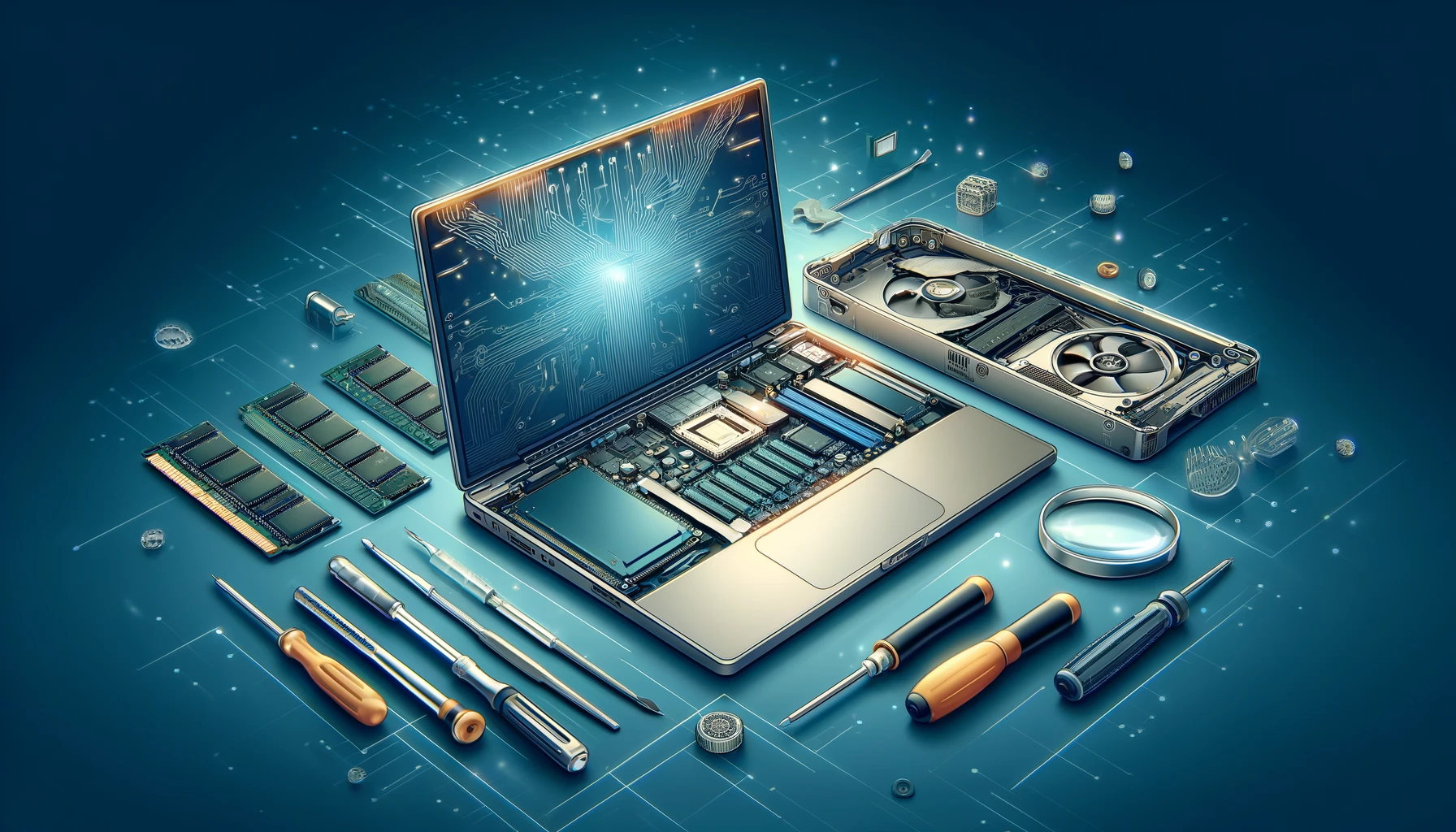Exploring the very first computer and contrasting its capabilities with today’s supercomputers offers a striking perspective on technological evolution. In this Blog, we will explore how technology has become advanced in less than 80 years.
World First Computer ENIAC
The Electronic Numerical Integrator and Computer (ENIAC), recognized as the pioneer of modern computing, significantly shaped the world as we know it. The use of computers is everywhere, and we can not even imagine a world without computers, they play an integral role in various aspects of life. The ENIAC, debuting during a transformative era, holds a place among the most pivotal inventions ever created.

The mobile in your hand or you are reading this blog on your laptop or on a tab the first version of all these latest gadgets was originally designed by military scientists during World War II to calculate artillery shell trajectories, ENIAC’s deployment came post-war in November 1945. Although conceived for wartime applications, its utility extended into the Cold War, aiding in the development of the first hydrogen bomb—a weapon its creators claimed wouldn’t exist without ENIAC’s computational power.
For its time, ENIAC was a technological marvel. It incorporated 17,468 vacuum tubes, occupied 1,800 square feet, and weighed over 25 tons, yet its processing capability was limited to executing only 5,000 instructions per second. To put this in perspective, a modern laptop can perform billions of instructions per second, showcasing a monumental leap in processing power and efficiency.
Pleiades: The Supercomputer of NASA
Transitioning to contemporary advancements, supercomputers like NASA’s Pleiades supercomputer, provide a stark contrast. Modern supercomputers perform such an astronomical number of calculations that their speed transcends the mere count of instructions per second.

NASA’s Pleiades supercomputer, housed at the Ames Research Center, is utilized for a variety of advanced scientific tasks. It plays a crucial role in climate and Earth science, helping to model climate change and improve weather prediction by studying atmospheric and oceanic conditions. In aerospace, Pleiades aids in designing more efficient and safer aircraft and spacecraft by enhancing aerodynamic simulations and structural analyses.
The supercomputer also supports astrophysical research, including the study of galaxy formation and black holes, as well as aiding in space mission planning and the analysis of astronomical data. Additionally, it is employed in computational fluid dynamics to optimize designs in various engineering applications, and in simulating natural disasters like earthquakes to bolster disaster preparedness. Through these diverse applications, Pleiades significantly advances our capacity to solve complex scientific and engineering challenges. It possesses the capability to process vast amounts of data and solve complex equations that were unimaginable during ENIAC’s era.
Conclusion
In brief, the ENIAC, as the world’s first computer, marked the dawn of the modern era. Its creation set the foundation for the technological advancements that define our current world. Without the development of the ENIAC, the rapid progression and sophistication of today’s computing landscape would not have been possible, underscoring its crucial role in shaping an advanced and interconnected global society. Modern supercomputers like the Pleiades of NASA exist due to ENIAC.
Kalimullah is a specialized content writer with expertise in writing engaging and captivating content for multiple niches. He has a passion for electronics and home appliances and has plenty of experience and expertise for these products.




